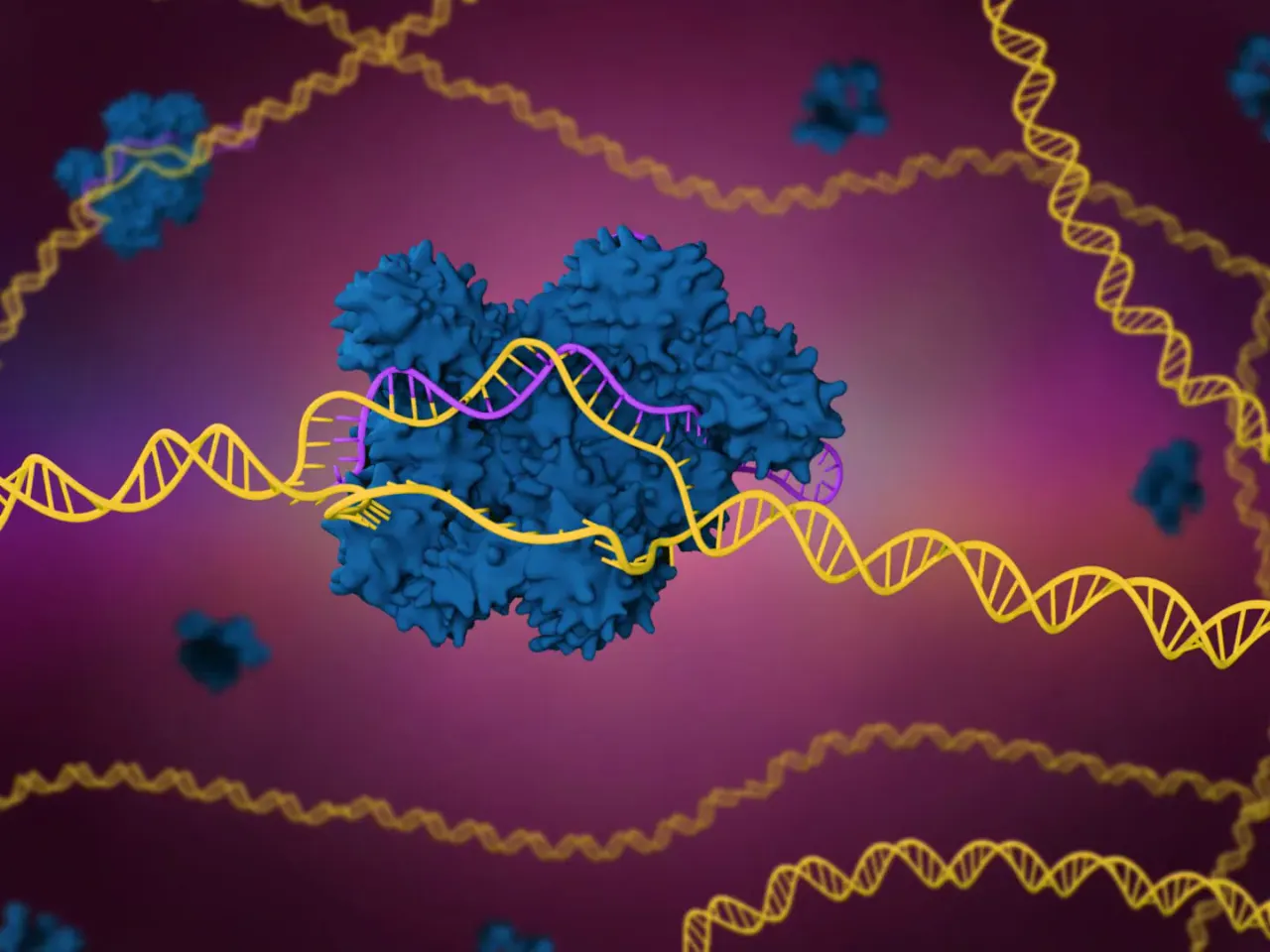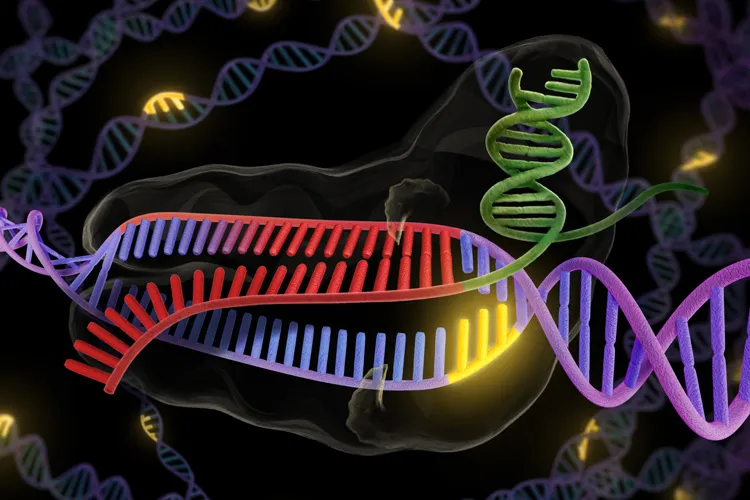
In a landmark achievement that redefines the frontiers of genetic science, Japanese researchers have taken a monumental step toward addressing the root cause of Down syndrome, not just managing its symptoms, but actually removing its genetic origin.
In a world-first breakthrough, scientists at Japan’s National Cancer Center Research Institute, led by Dr. Ryotaro Hashizume, have successfully used CRISPR-Cas9 gene-editing technology to eliminate the extra chromosome that causes trisomy 21, the hallmark of Down syndrome, from living human cells. This feat, once thought to belong solely to science fiction, has now become reality in a research lab.

What They Did And Why It Matters
Down syndrome is caused by the presence of a third copy of chromosome 21. Until now, all medical efforts have focused on improving quality of life and managing symptoms like cognitive delays, heart defects, and other complications,but the underlying chromosomal abnormality remained untouched.
Dr. Hashizume’s team changed that narrative.
Using a highly targeted CRISPR-Cas9 technique, the researchers were able to snip and eliminate the extra chromosome in over 30% of treated cells. Importantly, the procedure left the other two chromosomes 21 intact, a remarkable level of precision that avoids further genetic instability.
This correction restored the cells to a normal chromosomal state—a world-first success that signals the potential to one day "correct" the genetic imbalance at the root of Down syndrome.
Why This Is a Big Deal
This isn’t just a scientific win, it’s a philosophical and medical turning point. Until now, chromosomal disorders were considered unfixable at their source. With this new approach, we are no longer just treating effects, we’re aiming at causes.
While the work is still in preclinical stages and years from application in humans, it fundamentally reshapes what’s possible in the field of gene therapy.
This is not just about Down syndrome. It opens doors for tackling other chromosomal disorders like Turner syndrome, Klinefelter syndrome, or even trisomy 18.

What Comes Next?
Much work remains before this becomes a viable therapy. Challenges include safely applying this technique to embryos or living individuals, ensuring that off-target effects are minimized, and navigating the complex ethical terrain that comes with altering human genomes.
But the trajectory is clear: we are entering an era where gene therapy may not just alleviate but reverse certain genetic conditions.
A Glimpse Into the Future
This discovery is a powerful reminder of how far we’ve come—from understanding DNA just decades ago, to now being able to edit and delete entire chromosomes with precision. While clinical use may be years away, the implications are already reshaping the future of medicine, ethics, and hope for families worldwide.
The impossible is becoming possible and it’s happening now.
Source:
National Cancer Center Japan, July 2025
Research led by Dr. Ryotaro Hashizume